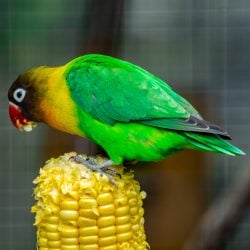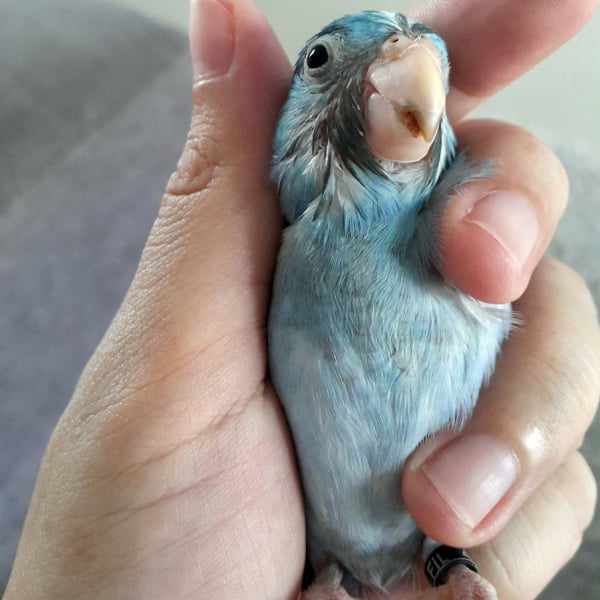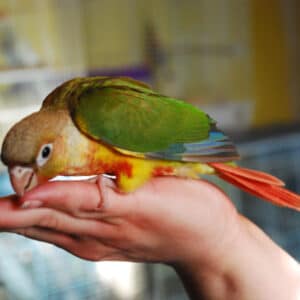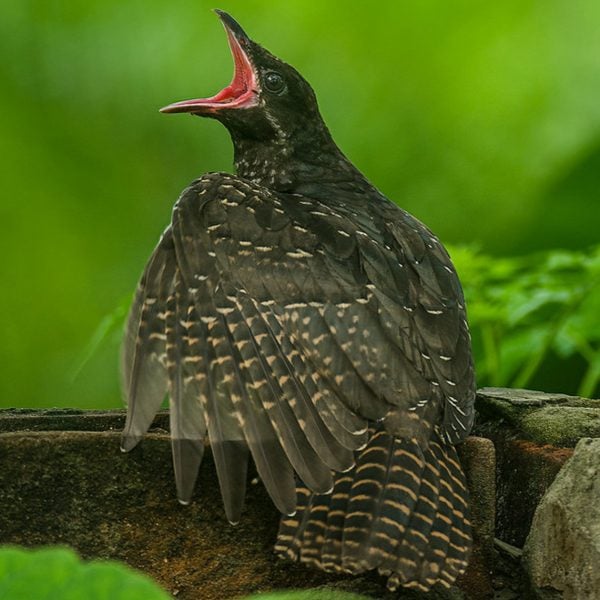Last Updated on by Mitch Rezman
Vicki M. writes:
My male parrotlet is 1 year 6 months old and takes big chunks out of my husband. He’ll be watching tv and the bird will fly over and take a chunk out of him. There’s no reason for this.
My husband is not doing anything as the bird just flew over.
I’m wondering if it’s because my husband is diabetic and the bird likes the taste of his blood (I’ve heard that diabetics have sweet blood?).
The bird sometimes bites me but never so hard I bleed.
I know parrotlets can be bitey at this age but this seems more extreme than our first parrotlet at this age who was also a male.
There are no children or other pets in the home. We’ve tried ignoring it but it hasn’t helped.
Not sure how to get him to stop.
I don’t think it’s a territorial thing since it’s not happening near the cage.
My husband is home all day with the bird and the bird can be very sweet and loving and all of a sudden he strikes.
It’s like living with Dr. Jekyll and Mr. Hyde.
He’ll go several days without biting and then all of a sudden for no reason, he’s taking chunks out of my husband.
Any ideas for getting this bird to stop?
MitchR replies
Hi Vicki
I’m sorry about the problems you’re having.
Biting is never acceptable under any circumstance.
We have a biting African ringneck we rescued about 20-1/2 years ago and we have yet to break him of lunging at me and biting if I get within one or 2 inches of his beak.
The first thing we do is “avoid the bite.”
This can easily be done when your husband sees your bird fly towards him or hear’s the flap-flap-flap, he waves off the bird and avoids a confrontation.
Parrotlets are known to become scissors with wings without proper socialization.
It’s spring and your birds hormonal.
Your husband represents a threat, the relationship between you and the bird.
I’d advocate starting with light therapy.
Lock your bird in the cage for at least 72 hours with light no more than 6 inches above the cage turn on the entire time.
Cover the cage at night, remove the cover in the morning and you’ll know immediately when she let the bird out if there’s a change in attitude.
Our new double cage lighting system
If that doesn’t work you’ll wait a week or two and then do it for 168 hours.
You can read more about light therapy for pet birds – here.
Begin clicker training begins immediately.
Please watch the video below
I hope your family can work this out.
Best
MitchR
Author Profile
Latest entries
 Bird & Parrot AnatomyJune 25, 2025How a Tiny Chemical Modification Makes Parrots Nature’s Living Paintings
Bird & Parrot AnatomyJune 25, 2025How a Tiny Chemical Modification Makes Parrots Nature’s Living Paintings PigeonsJune 20, 2025How Do Parrots Thrive in Cities Outside Their Native Habitats?
PigeonsJune 20, 2025How Do Parrots Thrive in Cities Outside Their Native Habitats? Feeding Exotic BirdsJune 20, 2025Is Corn On the Cob Safe for Pet Birds?
Feeding Exotic BirdsJune 20, 2025Is Corn On the Cob Safe for Pet Birds? Bird & Parrot AnatomyJune 19, 2025Would You Like a Comprehensive Guide for Training Your Bird?
Bird & Parrot AnatomyJune 19, 2025Would You Like a Comprehensive Guide for Training Your Bird?




